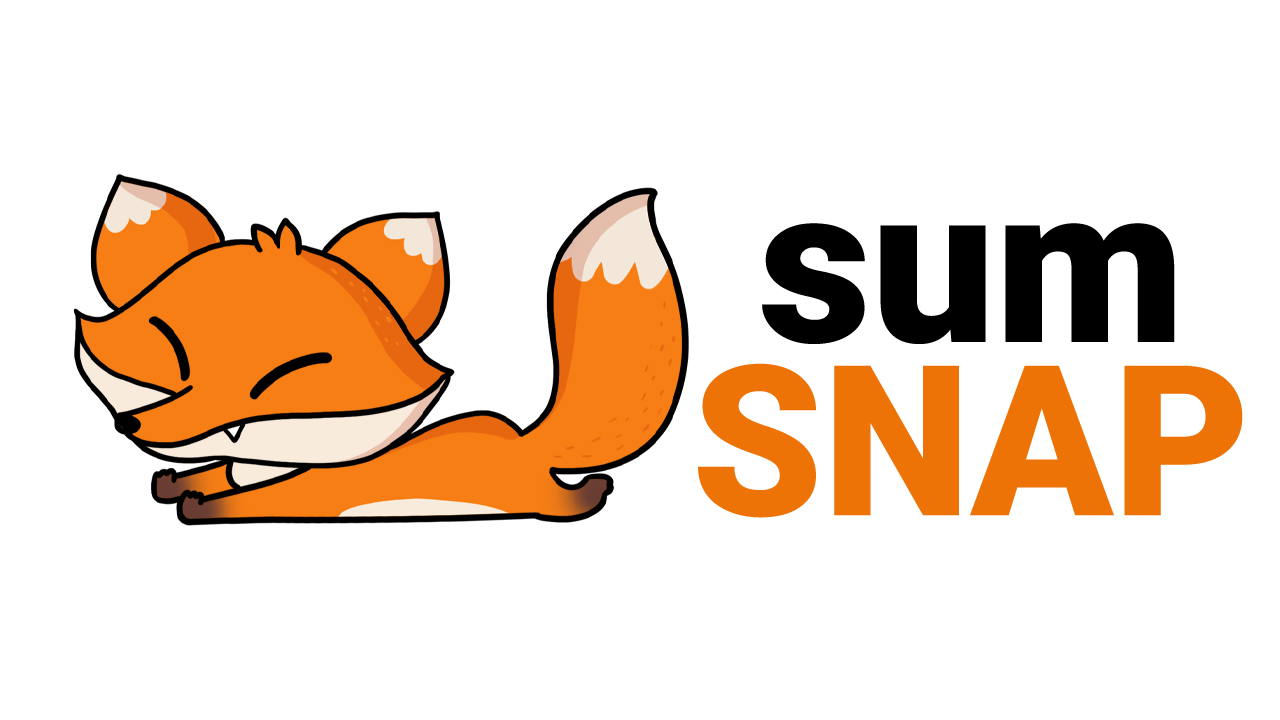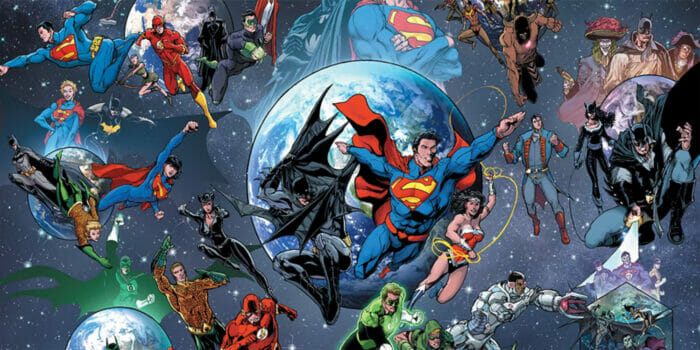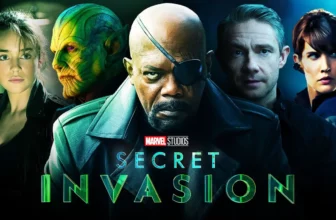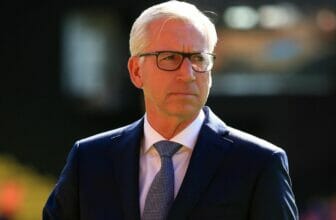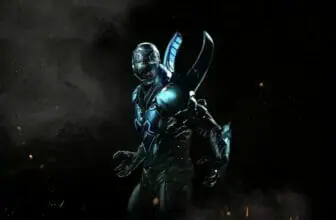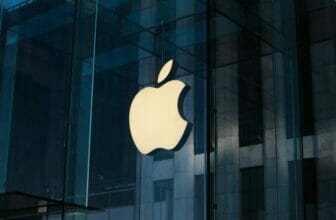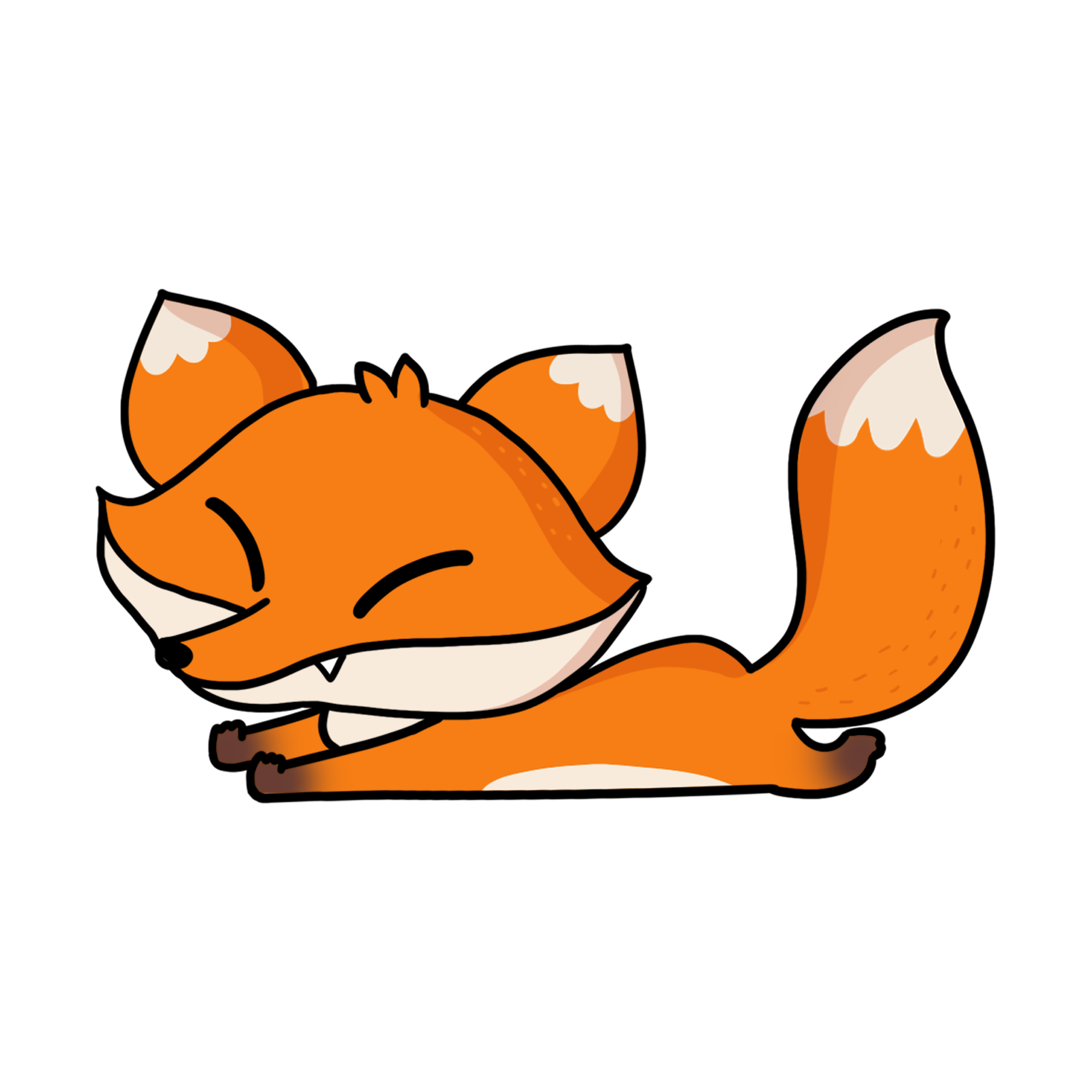DC and Marvel are two of the most popular comic book publishers, known for their unique universes and superheroes. Both DC and Marvel have used the concept of multiverse in their comic book storylines, but there has been an ongoing debate on who introduced the idea of a multiverse first.
Who did it first?
DC Comics first introduced the concept of a multiverse in the early 1960s with their publication of “The Flash” issue #123 in 1961. In this comic, The Flash accidentally travels to an alternate universe where he meets his counterpart from that universe, known as Jay Garrick. This introduced the concept of a multiverse with alternate realities and versions of characters.

The idea of multiverse in DC comics allowed writers to create parallel universes with alternate versions of popular characters like Superman, Batman and Wonder Woman. This allowed DC to explore different storylines, universes and even crossover events between these different realities.
Marvel Comics, on the other hand, introduced the idea of alternate universes or dimensions in their comics in the late 1960s with the publication of “Doctor Strange” issue #169 in 1968. In this issue, Doctor Strange travels to an alternate dimension known as the Dark Dimension to rescue his mentor, the Ancient One, who has been kidnapped by Dormammu. While in the Dark Dimension, Doctor Strange encounters Dormammu‘s sister, Umar, who reveals to him the concept of alternate dimensions and the existence of the multiverse.
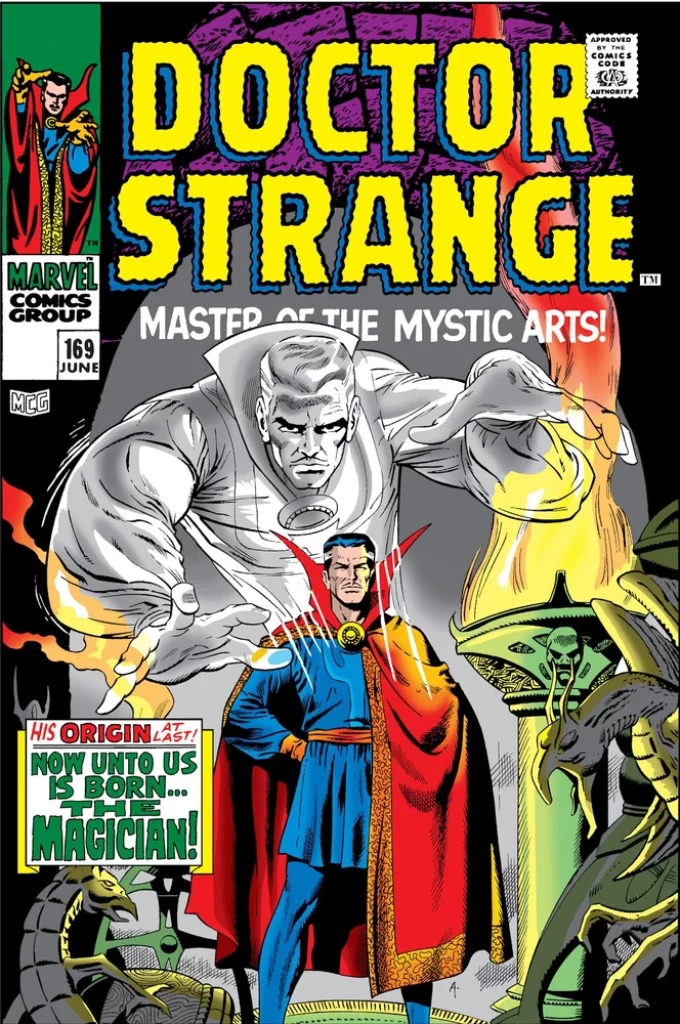
Differences in Multiverse Concept Between DC and Marvel
While both DC and Marvel have utilized the concept of a multiverse in their comics, there are some differences in how they use the concept. DC‘s multiverse is often portrayed as alternate realities and versions of characters, while Marvel‘s multiverse is more focused on alternate dimensions or universes within the main continuity.
DC‘s multiverse allows for more exploration of different realities, while Marvel‘s multiverse allows for more exploration of different versions of the same characters. Additionally, DC‘s multiverse has allowed for crossover events between different realities, while Marvel‘s multiverse has allowed for the exploration of different timelines and dimensions within their main continuity.
Multiverse in Movies and TV Series
The use of multiverse in DC and Marvel adaptations has also become popular in movies and TV series. In DC adaptations like the Arrowverse and the DCEU, the concept of multiverse has been used to bring different versions of characters and universes together. For example, the Arrowverse crossover event “Crisis on Infinite Earths” a five-episode event that brought together characters from across the multiverse to battle an existential threat to all of reality, many of whom have never met before. The event features appearances from a wide range of DC Comics characters, including heroes like Batwoman, Black Lightning, and Superman, as well as villains like the Anti-Monitor and the Reverse-Flash.
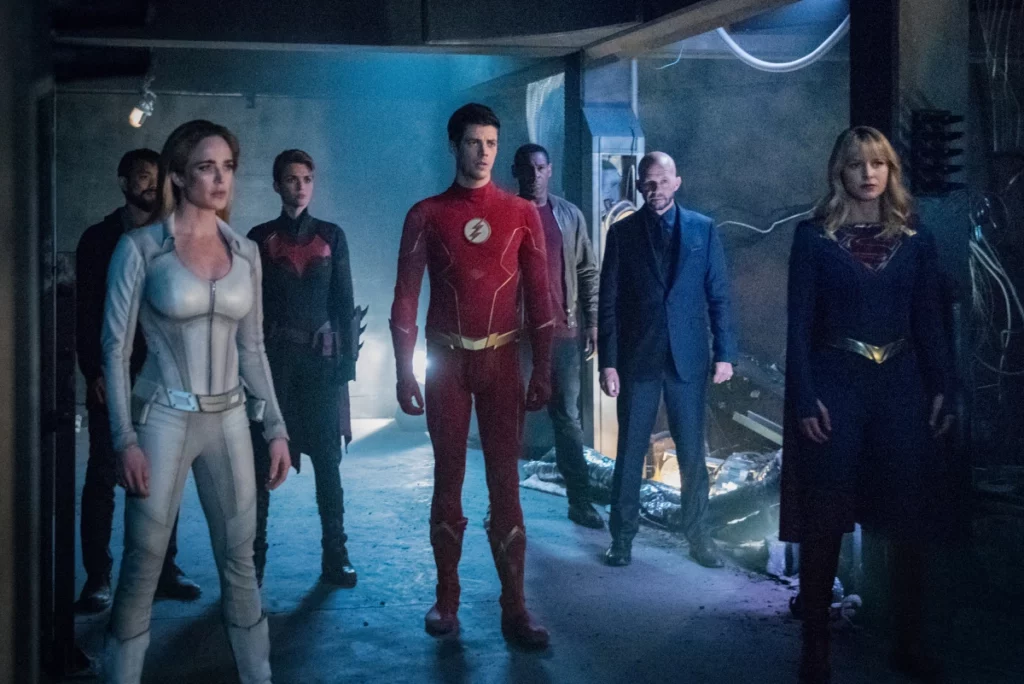
In Marvel adaptations like the MCU and “Spider-Man: Into the Spider-Verse“, the concept of multiverse has been used to introduce different versions of the same characters, allowing for different actors to portray the same character in different realities. This allows Marvel to explore different versions of their characters without disrupting their main continuity.
In Disney+ Series “Loki,” the main character, Loki, discovers that there are other timelines branching off from the Sacred Timeline. One of these timelines is known as the “Variant Timeline,” which is created when someone makes a decision that deviates from what was supposed to happen in the Sacred Timeline.
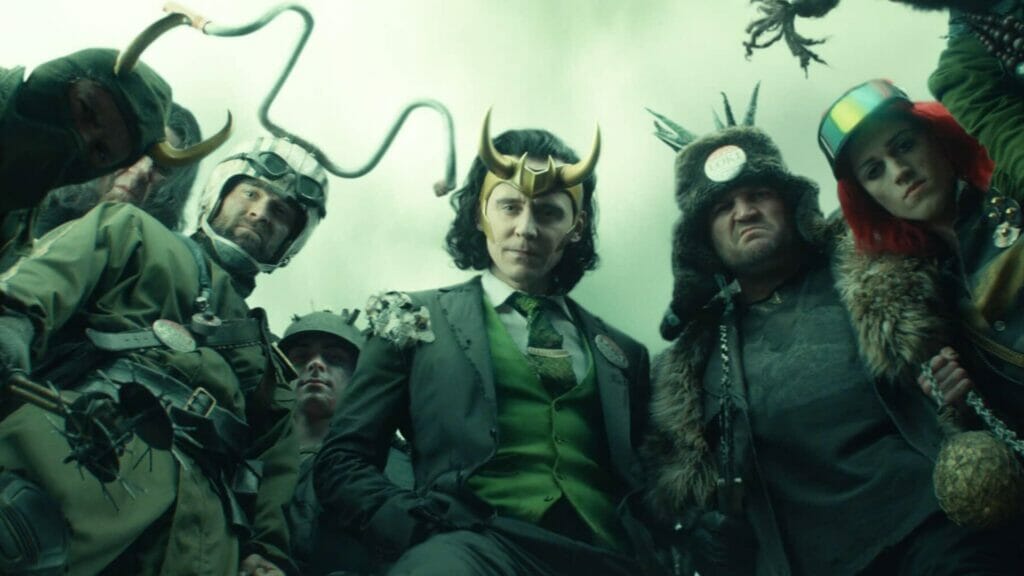
Another example of the MCU multiverse is the existence of alternate versions of characters. For example, in the film “Doctor Strange in the Multiverse of Madness,” Doctor Strange will encounter alternate versions of himself from different timelines.
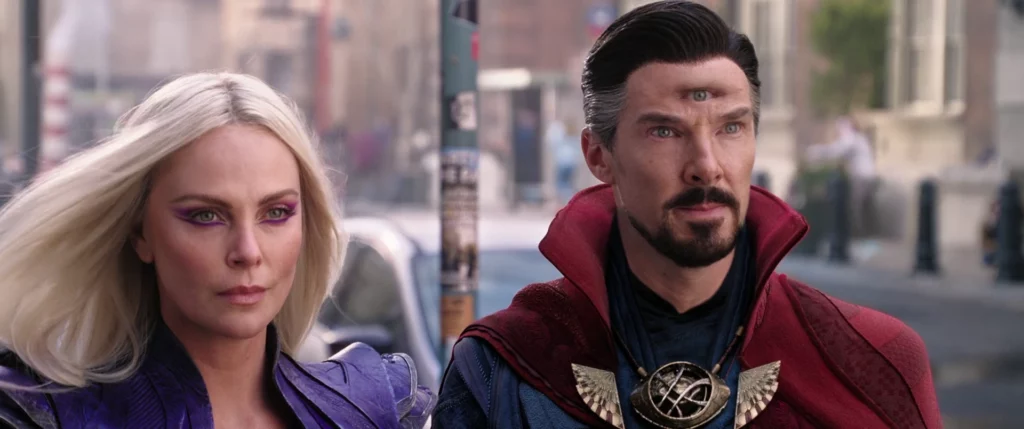
In conclusion, while the debate on who introduced the multiverse first may continue, both DC and Marvel have used the concept of multiverse in their comics and adaptations to explore different realities, timelines and versions of characters. The use of the multiverse concept has allowed for endless storytelling possibilities and has become an important aspect of both DC and Marvel‘s universes.
